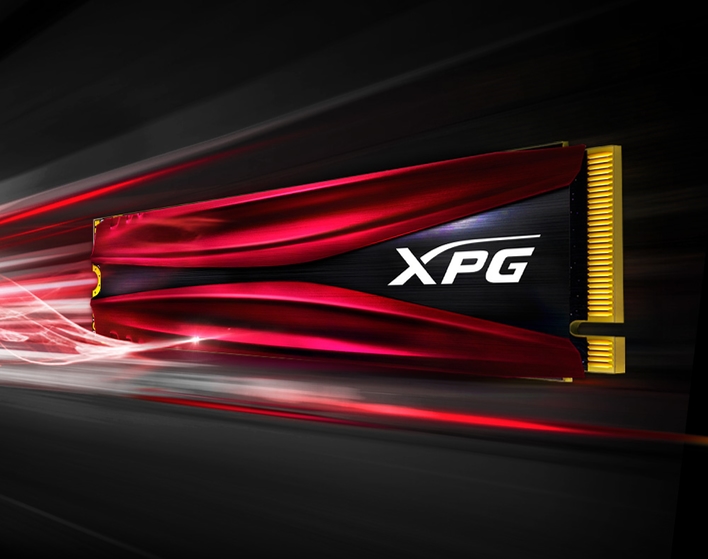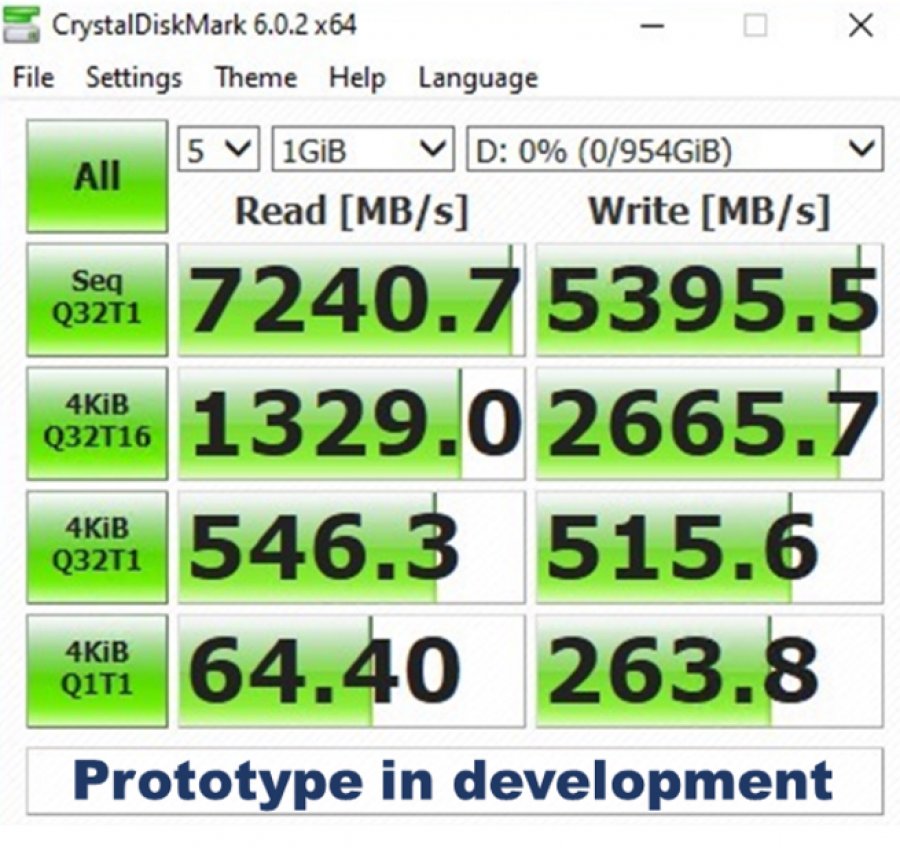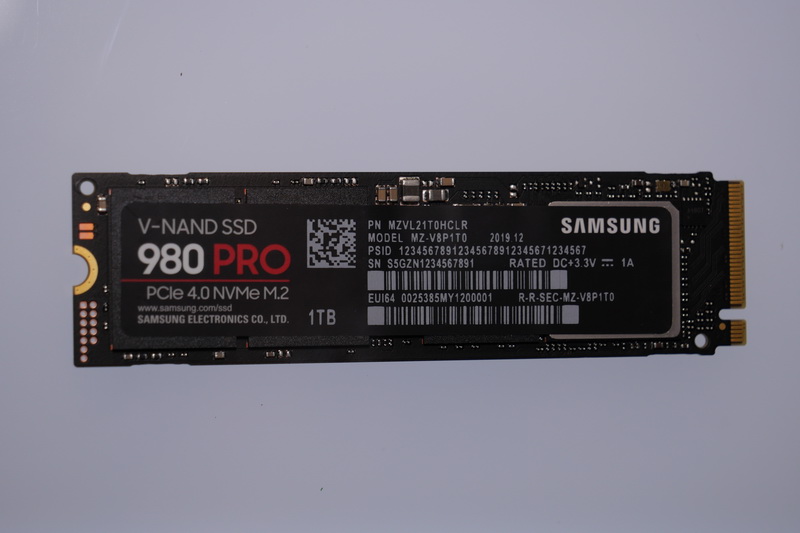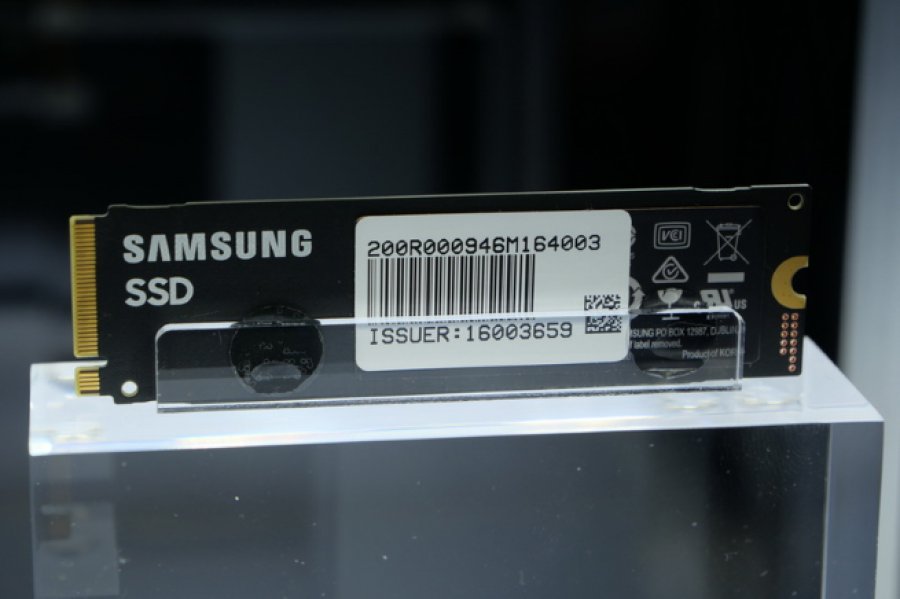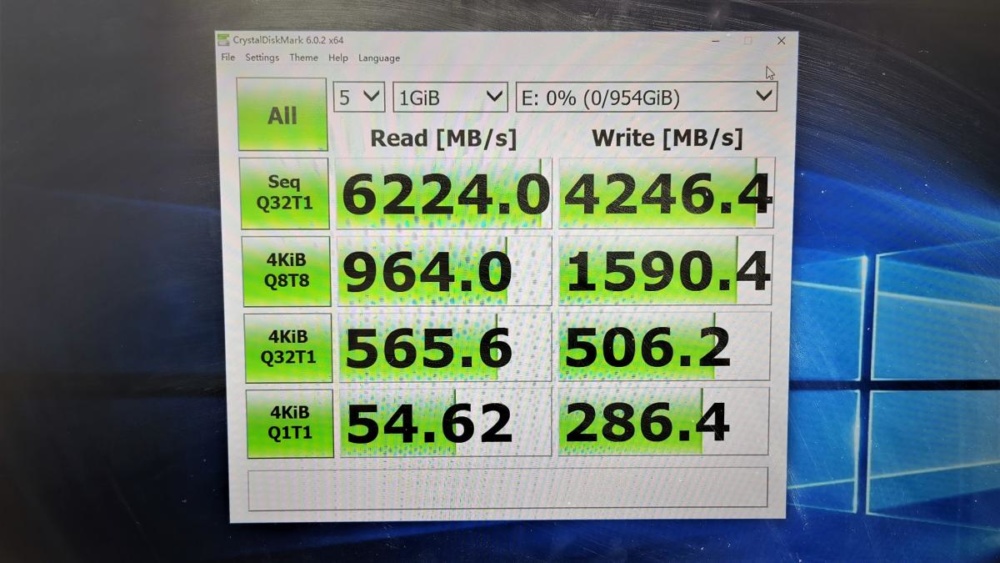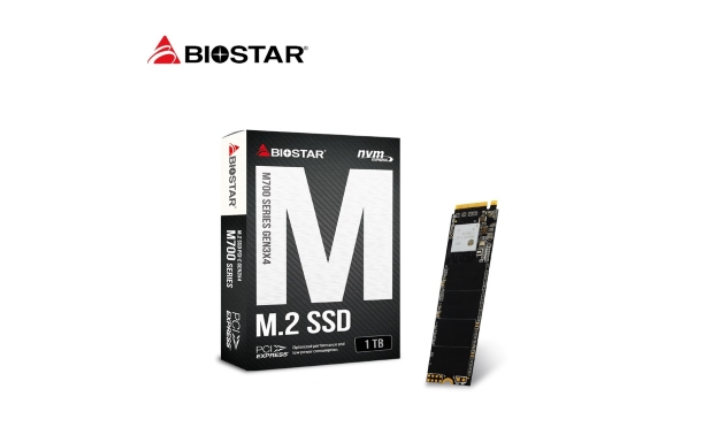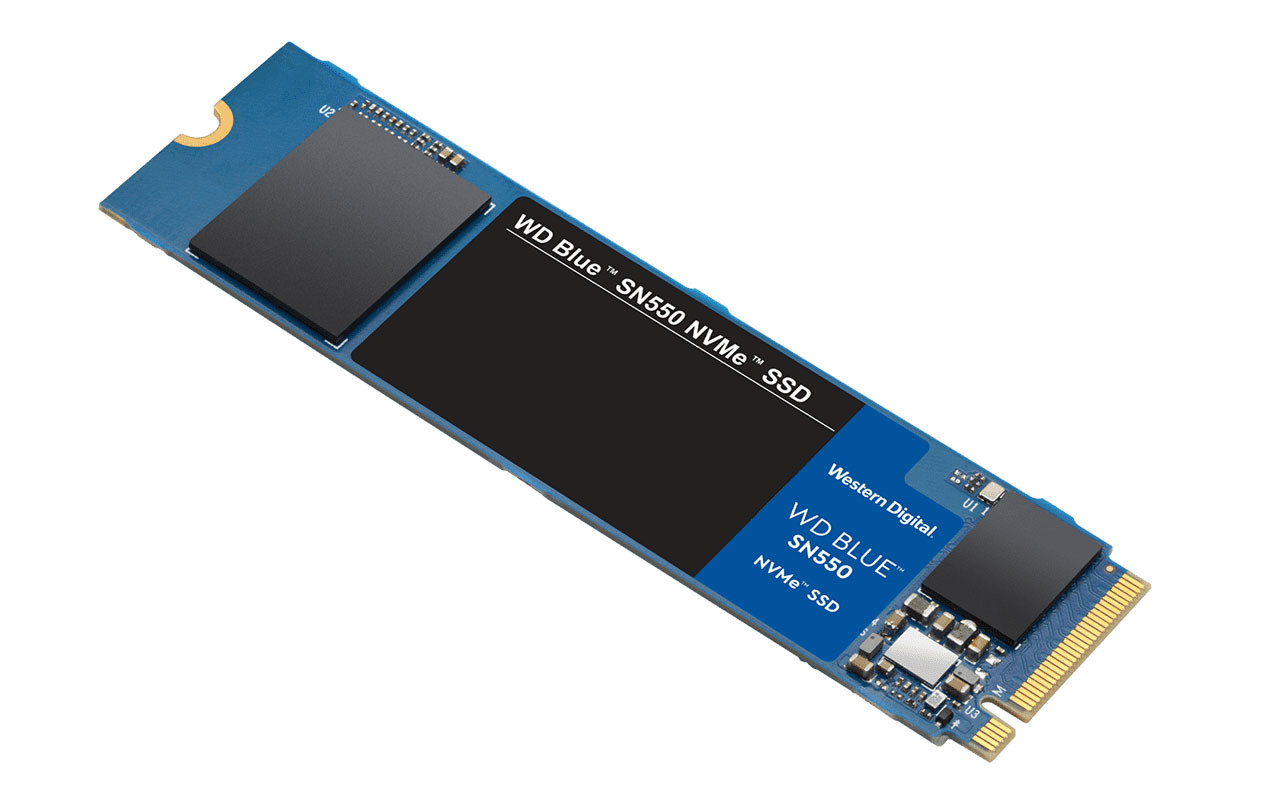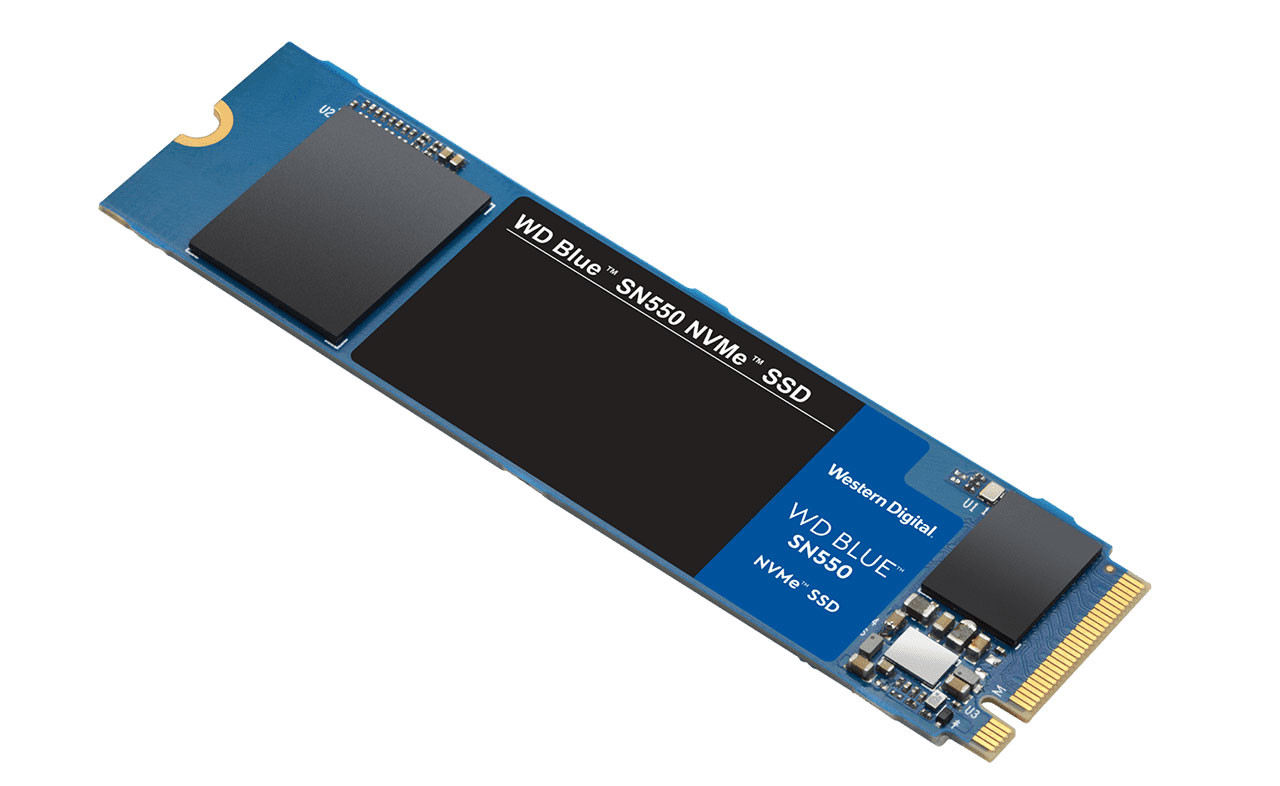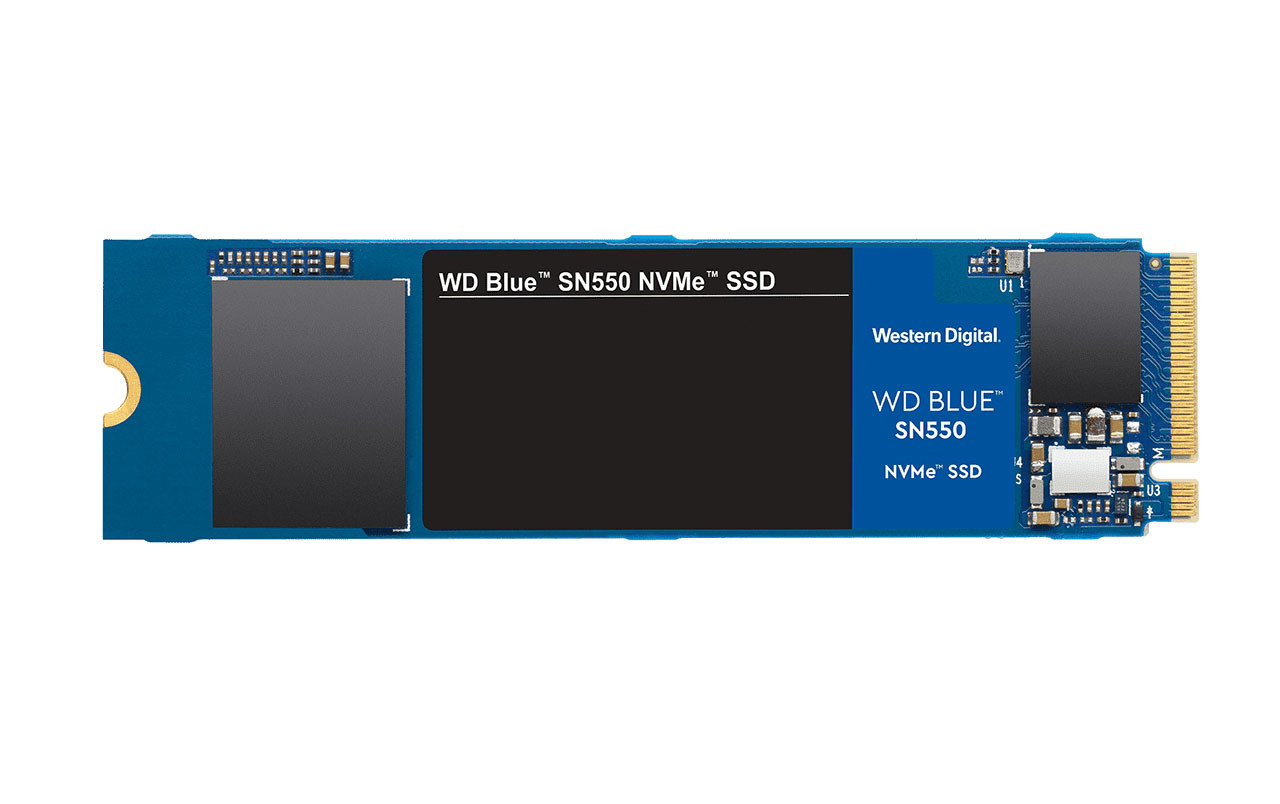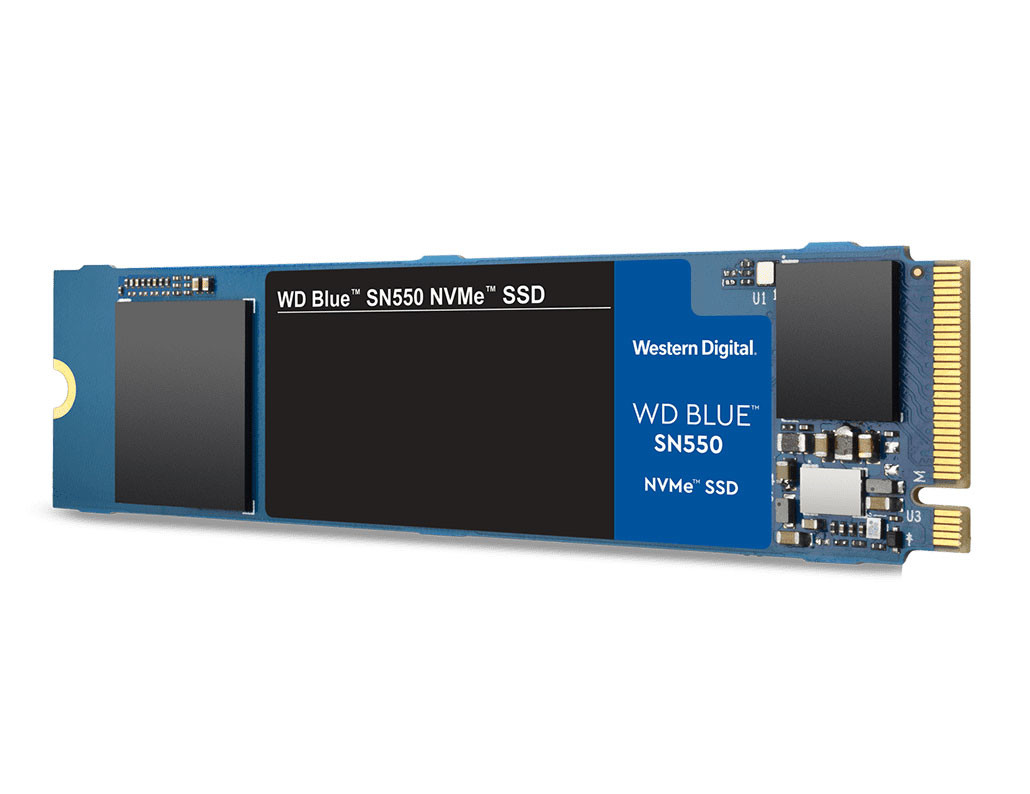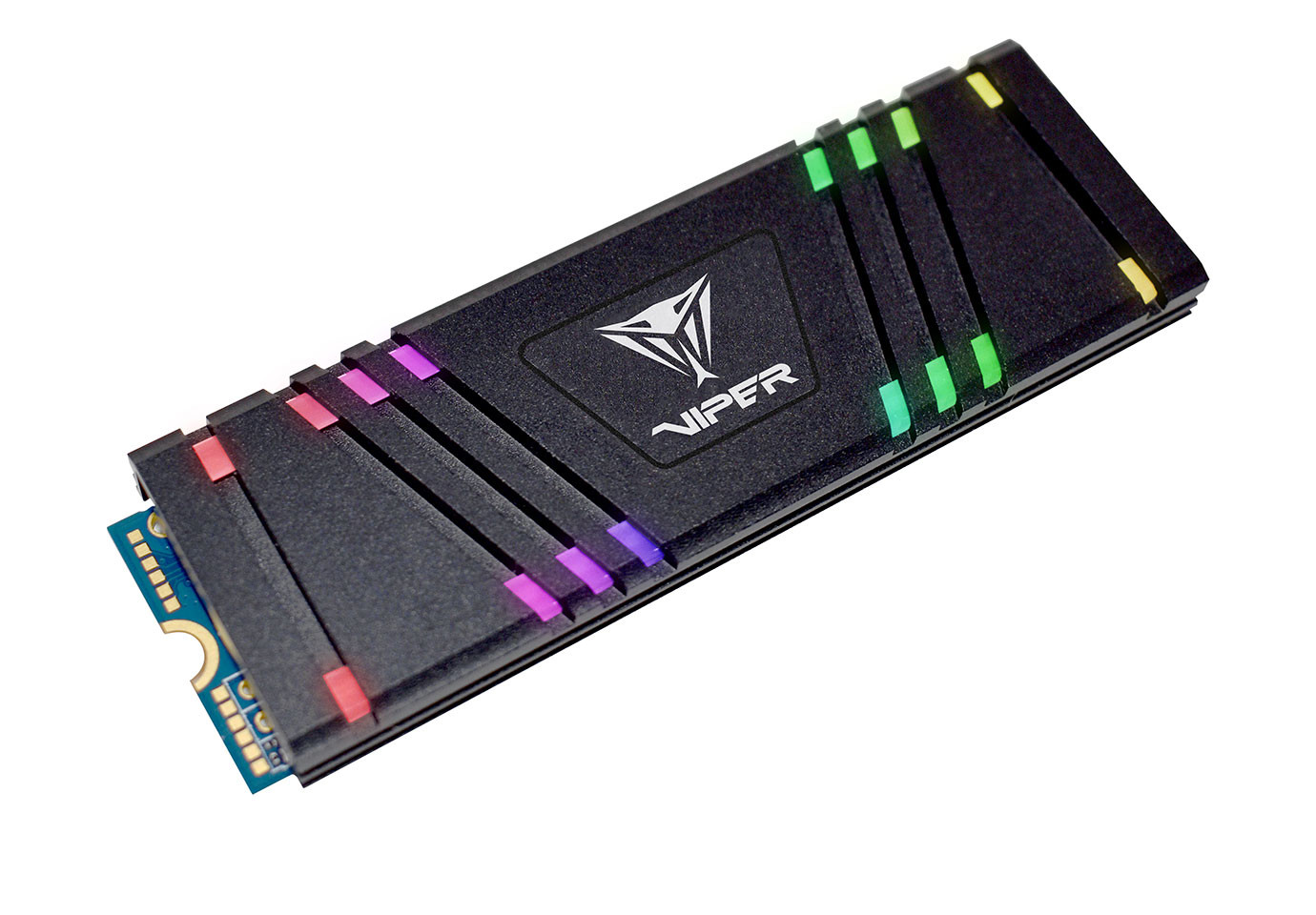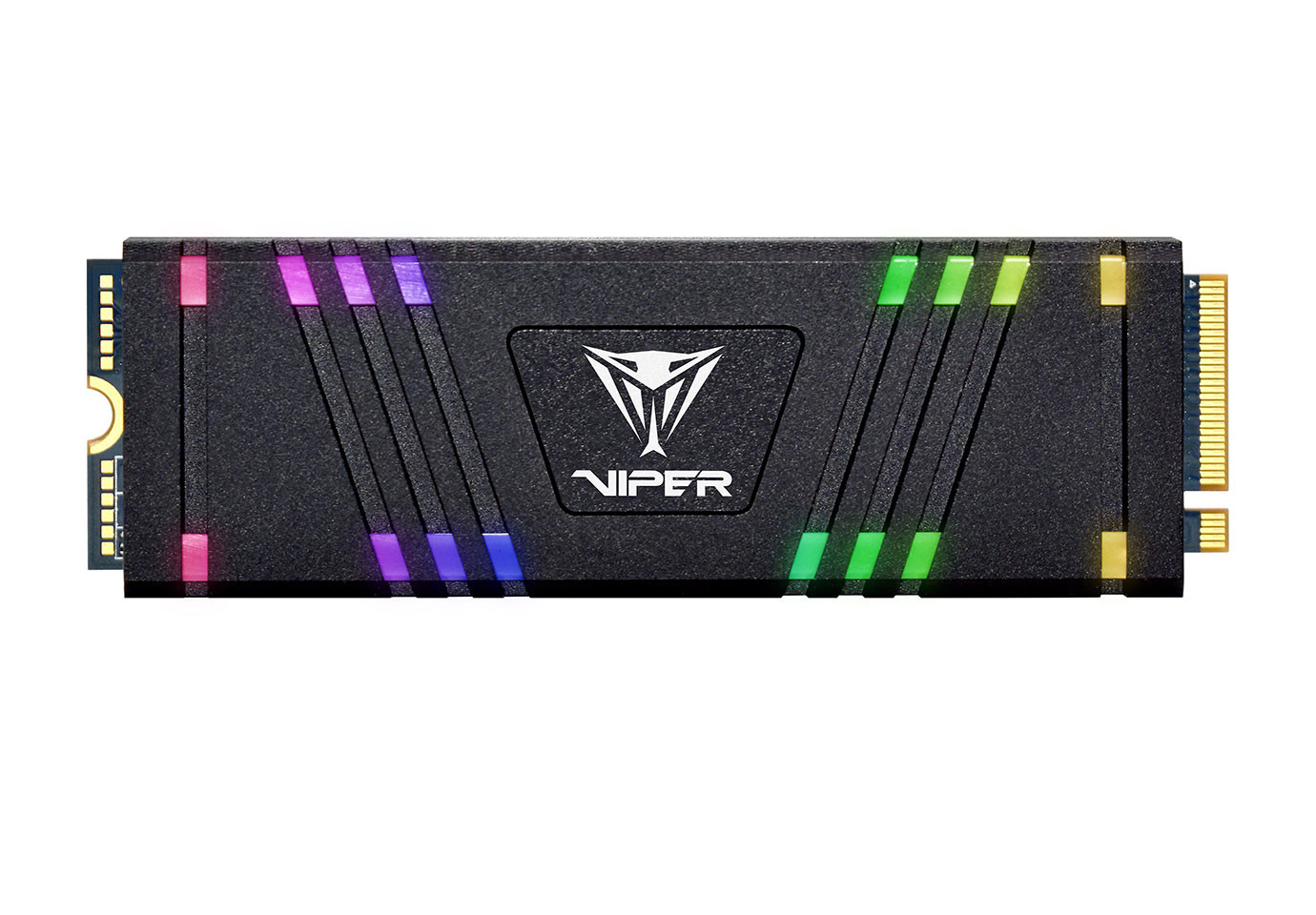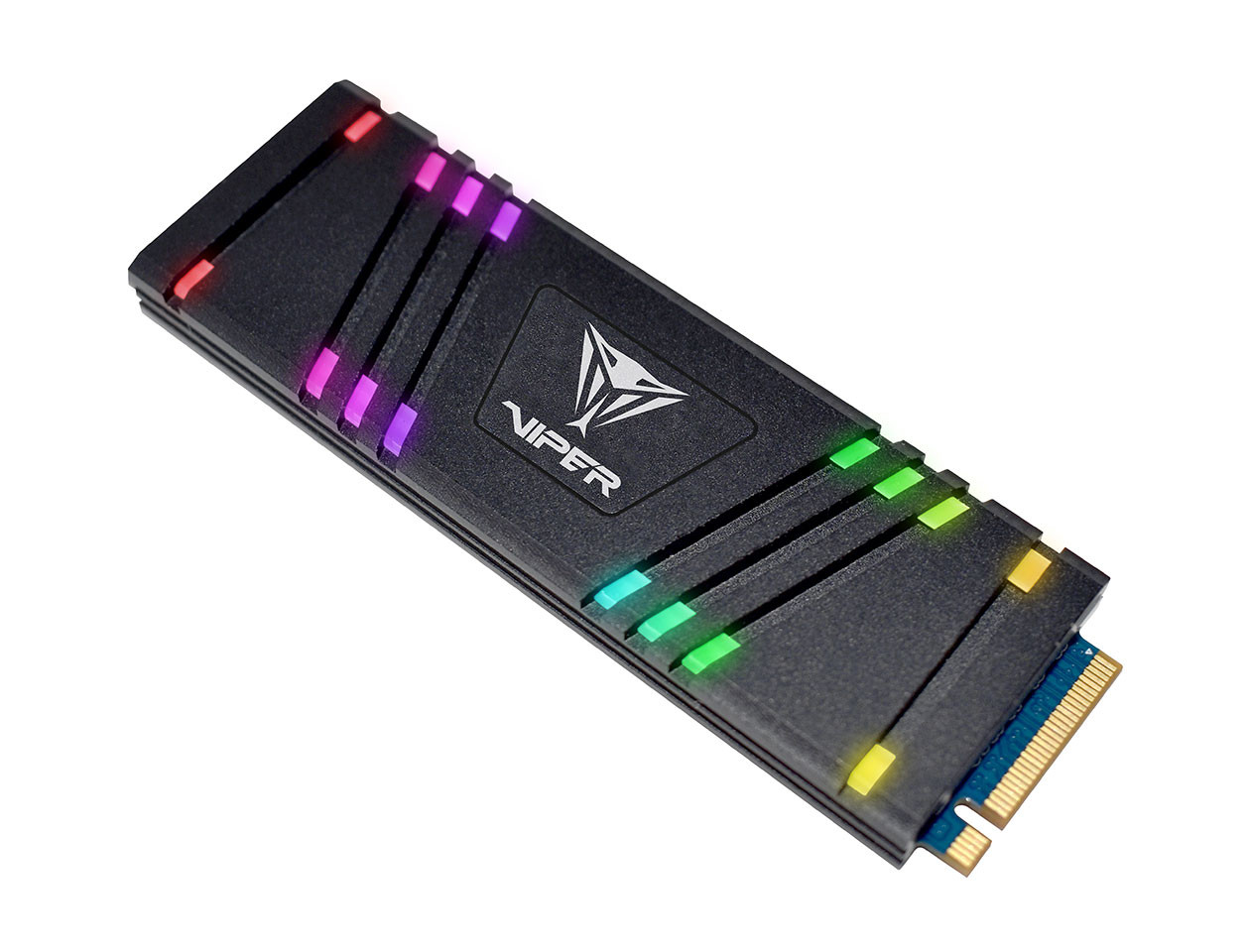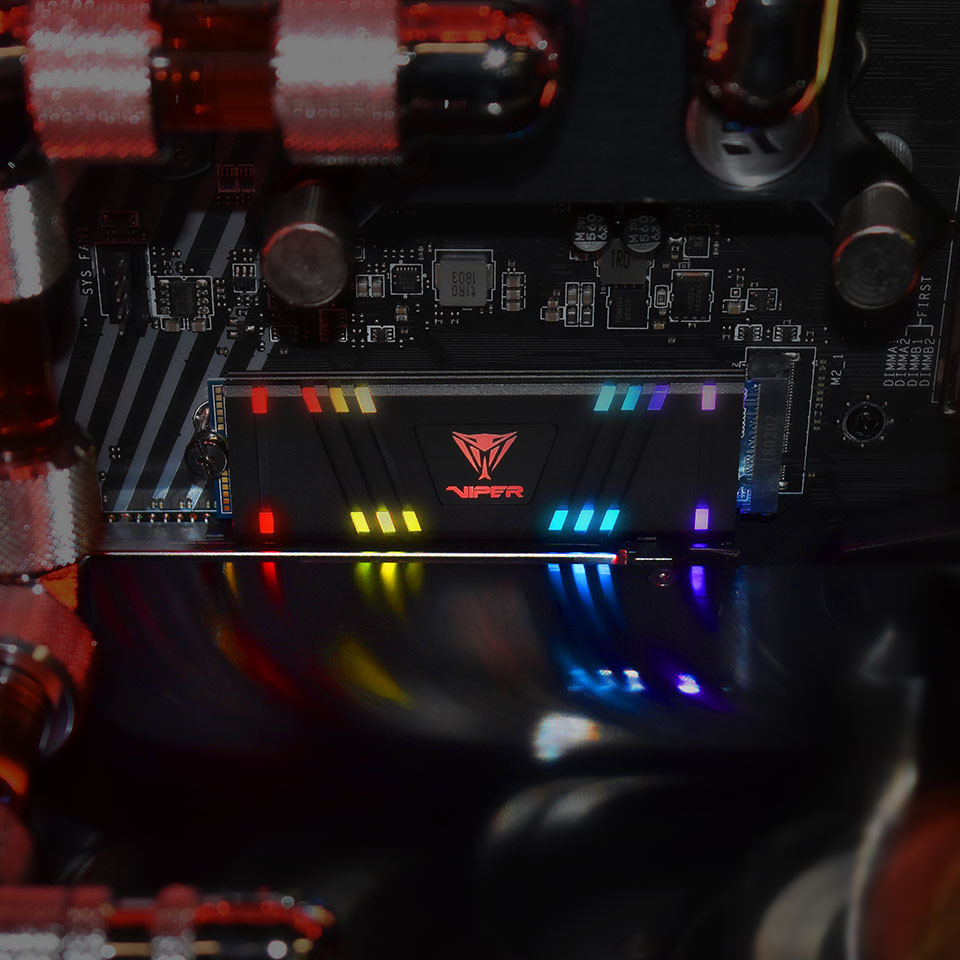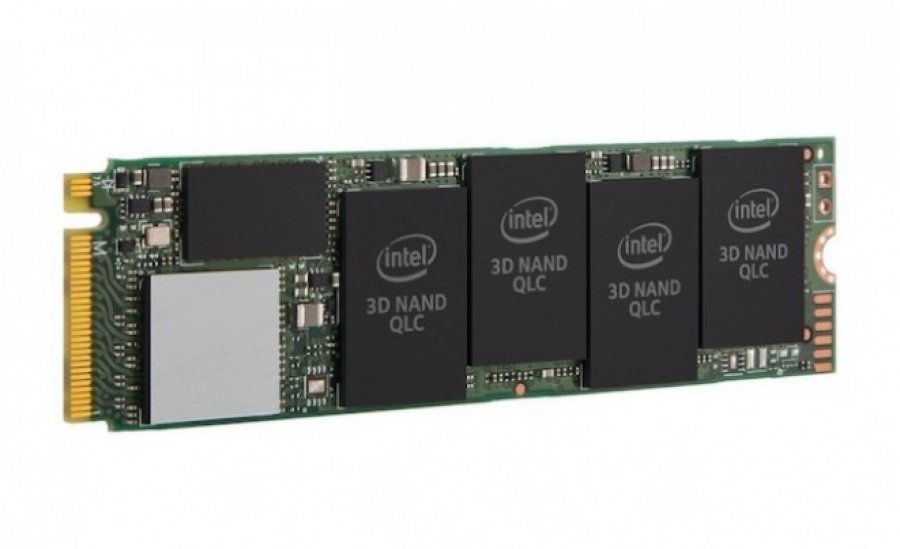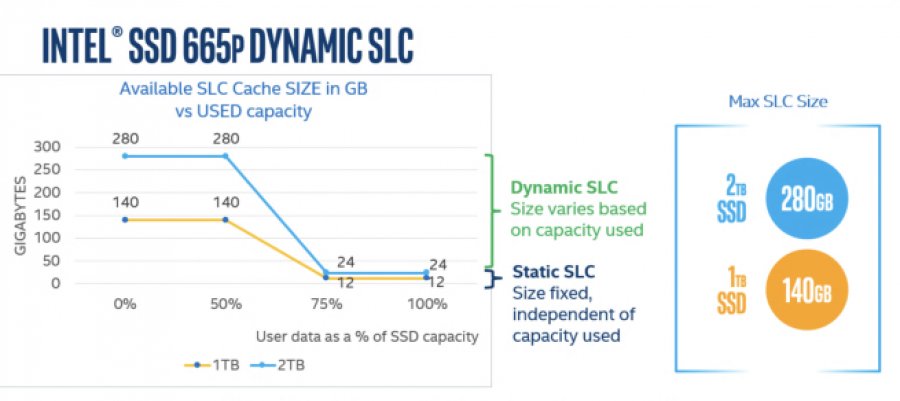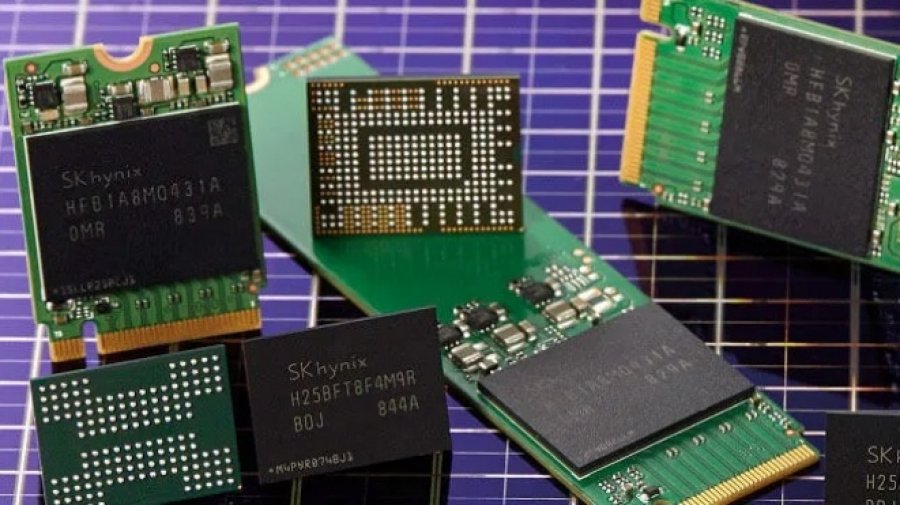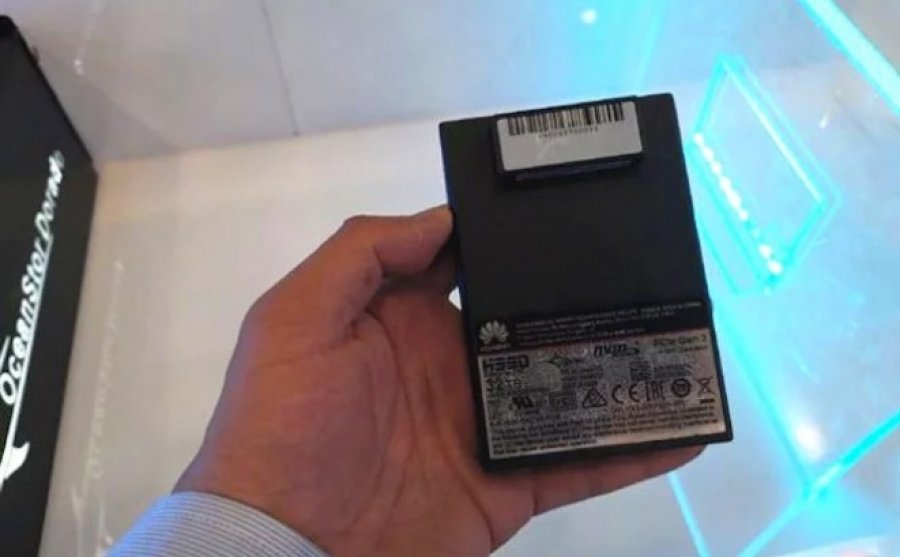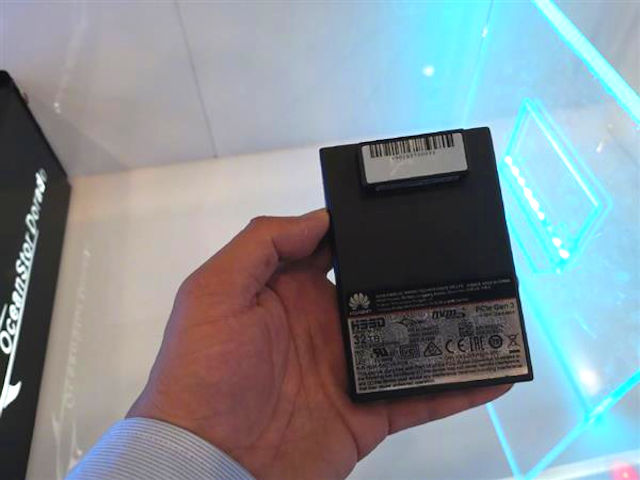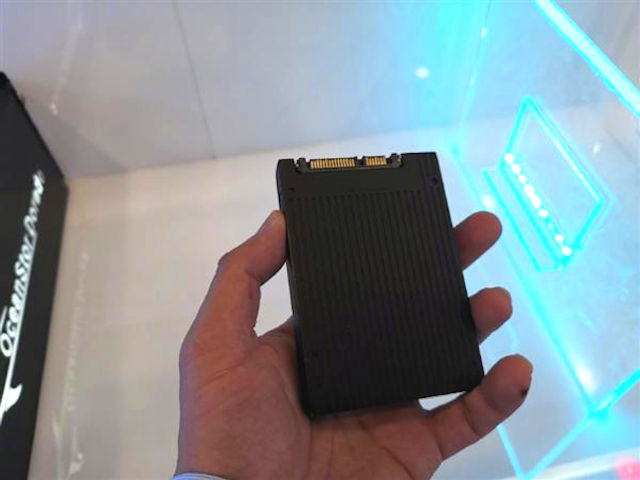During the CES 2020, ADATA introduced the XPG Sage PCIe 4.0 SSD, which uses the Innogrit Rainier controller (IG5236). The above controller can support up to 16TB of storage and use an eight-channel interface.
According to the Tom’s Hardware site, which was able to test the XPG Sage, ADATA also highlights random IOPS speeds of 1,000,000 and 800,000 for data read and write, respectively. Additionally, it is suggested that sequential speeds of 6 GB/sec can be easily achieved with some firmware changes before SSDs go into mass production.
Other features of the SSD ADATA XPG Sage PCIe 4.0 SSD include 4GB of DRAM cache, integrated heat conductors, and SSDs up to 4TB capacity. It is expected that the XPG Sage will not be released before June.
> Read Next: MediaTek Dimensity 800 5G chipset for mid-range phones officially announced
So what do you think about this? Let us know your thoughts in the comments section below, follow us on twitter and facebook for more news and updates.
